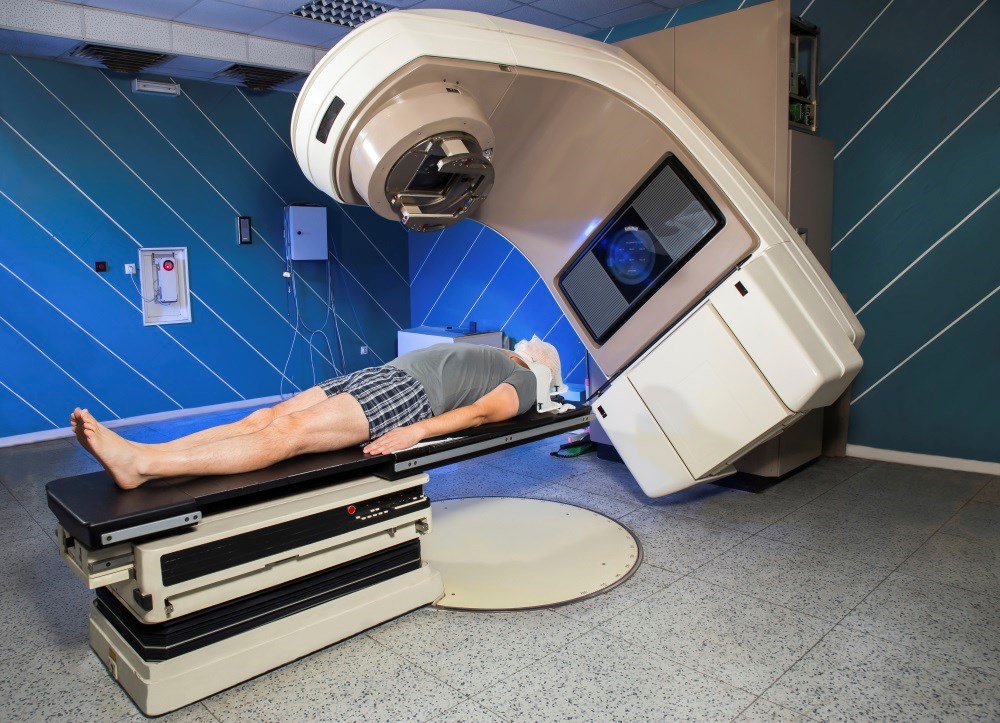
Study finds 18 vs 6 months of androgen suppression and radiotherapy for locally advanced prostate cancer is associated with a 30% decreased risk of death from the disease.
Intermediate-term androgen suppression plus radiotherapy (RT) for locally advanced prostate cancer (PCa) is associated with superior disease-specific survival compared with short-term androgen suppression plus RT, according to 10-year results from the randomized phase 3 RADAR trial.
Compared with men who received short-term androgen suppression (STAS, 6 months) in addition to radiotherapy, those who received intermediate-term androgen suppression (ITAS, 18 months) plus radiotherapy had a significantly lower cumulative incidence of PCa-specific mortality at 10 years (9.7% vs 13.3%), James W. Denham, MD, of the University of Newcastle in Newcastle, New South Wales, Australia, and colleagues reported in The Lancet Oncology. The ITAS group had a significant 30% decreased risk of death from PCa and a 40% decreased risk of metastases compared with the STAS group. Addition of zoledronic acid had no significant effect on PCa death risk. Dr Denham’s team found no significant difference in all-cause mortality between the treatment groups.
The study included 1071 men randomly assigned to STAS (268 men), ITAS (268 men), STAS plus zoledronic acid (268 men), and ITAS plus zoledronic acid (267 men). The median follow-up was 10.4 years. Following randomization, all patients received 6 months of neoadjuvant androgen suppression with leuprorelin. Five months after randomization, all patients underwent radiotherapy followed either by no additional treatment or an additional 12 months of leuprorelin. In the groups receiving zoledronic acid, men received 4 mg of the drug intravenously every 3 months for 18 months starting at randomization.
“Although zoledronic acid 4 mg given intravenously every 3 months reversed the loss of bone mineral density caused by 6-month and 18-month durations of androgen suppression, it did not prevent bone metastases or other oncological endpoints,” the authors noted.
The proportion of men with protocol compliance (defined as having received 100% of their scheduled dose) was 99% in the STAS group, 85% in the ITAS group, and 77% of patients who received zoledronic acid.
“In the patients who received 18 months of androgen suppression, protocol compliance was good at 85% and, although lower than in the 6 months of androgen suppression group, this difference did not affect patient-reported outcomes, as evidenced by the similar results produced by intention-to-treat and per-protocol analyses,” the investigator wrote.
Reference
Denham JW, Joseph D, Lamb DS, et al. Short-term androgen suppression and radiotherapy versus intermediate-term androgen suppression and radiotherapy, with or without zoledronic acid, in men with locally advanced prostate cancer (TROG 03.04 RADAR): 10-year results from a randomised, phase 3 factorial trial. Lancet Oncol. 2019; published online ahead of print.





